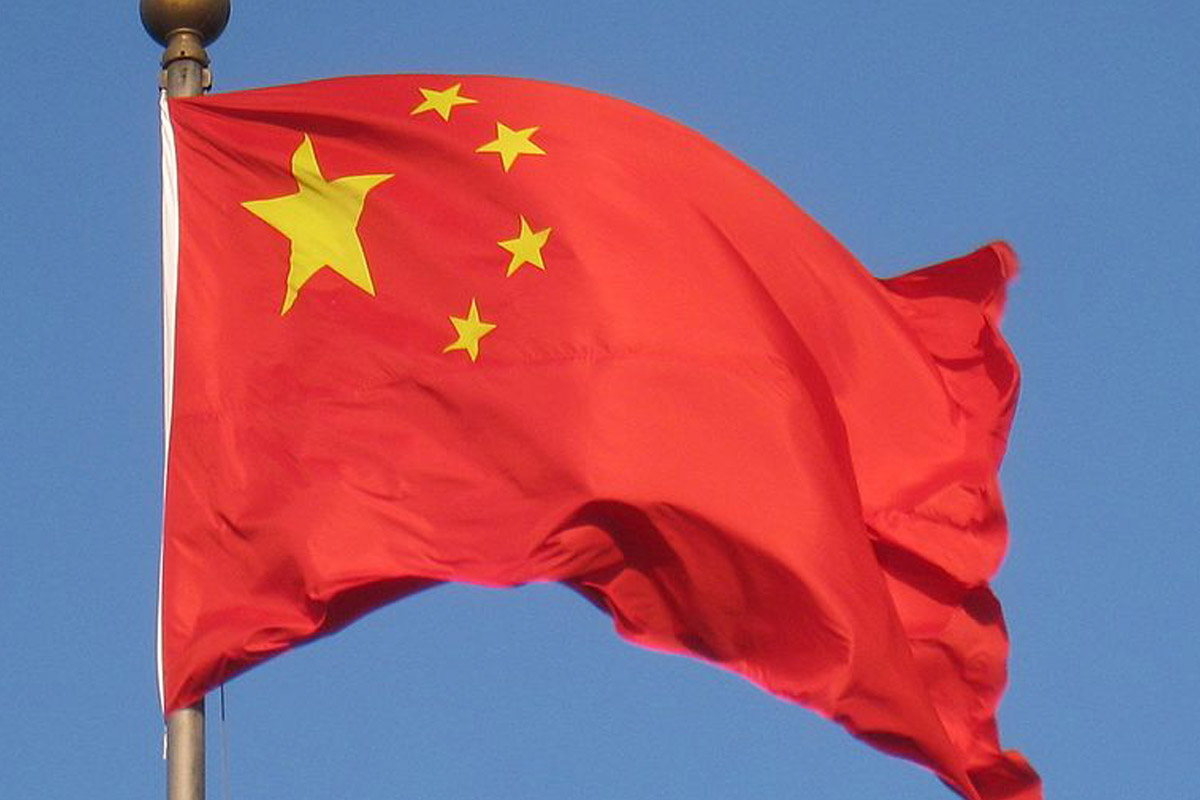Canada to Launch Spot Solana ETFs, Leading Crypto Innovation
According to reports, multiple Solana ETFs incorporating SOL staking into their structures are slated to launch in Canada on April 16.

China Could Retaliate with Tariffs: Arthur Hayes believes that if the U.S. escalates trade tensions with China—primarily through tariffs—China may respond with its own set of tariffs. This could destabilise financial markets and prompt investors to look for alternative assets.
Capital Flight from China Is Likely: Hayes suggests that such retaliation might lead wealthy Chinese individuals and businesses to move their money out of the country. Due to capital controls in China, they may increasingly turn to crypto as a borderless and censorship-resistant store of value.
Bitcoin and Crypto as Safe Havens: Hayes sees Bitcoin and other cryptocurrencies as attractive safe-haven assets in geopolitical or economic uncertainty. As traditional avenues for capital movement become restricted, crypto could benefit from an influx of capital seeking safety and mobility.
As trade tensions between China and the United States intensify again, markets are bracing for the ripple effects of retaliatory measures.
In a recent post, Arthur Hayes, co-founder of BitMEX and a prominent crypto commentator, suggested that China’s response to US tariffs could reignite capital flight—and crypto might be the biggest beneficiary. Google Finance said the yuan has weakened against the greenback since 2022.
China is reportedly considering a new round of tariffs on American goods in response to the Biden administration’s expected increase in levies on Chinese electric vehicles, semiconductors, and solar products. Hayes believes this geopolitical move may signal more profound shifts in economic policy that could discreetly spur high-net-worth individuals and businesses to move capital out of China.
“Any significant escalation in tariffs or economic restrictions from the West will lead the Chinese government to deploy countermeasures—not just through trade, but also via monetary and financial channels,” Hayes wrote. “One of those channels could be looser capital controls or at least a blind eye to capital moving through unconventional means.”
China maintains strict capital controls to prevent large-scale outflows of the yuan. Officially, Chinese citizens are limited in their ability to convert $50,000 worth of yuan to foreign currencies yearly. However, during periods of economic uncertainty, loopholes and grey-market channels have been used to circumvent these controls, with cryptocurrencies being one of the most effective tools.
Arthur Hayes argues that if Beijing’s trade war retaliation includes monetary easing or silent tolerance for capital movement, cryptocurrencies like Bitcoin (BTC) and stablecoins could become a favoured vehicle for capital flight. “Chinese investors have always been creative in moving their money across borders,” he said. “When trust in the traditional financial system erodes, decentralised digital assets become an attractive hedge.”
Historically, Chinese interest in crypto spikes have correlated with economic pressure points, such as the 2015 yuan devaluation and the 2019 US-China trade war. During those periods, trading volumes on peer-to-peer platforms surged despite regulatory crackdowns. Hayes suggests that similar dynamics could emerge if a new wave of tariffs pressures China’s economy.
If capital flight into crypto intensifies, the global market could see a noticeable uptick in BTC demand, mainly through Tether (USDT) and other dollar-pegged stablecoins widely used in Asia for cross-border transactions. According to Hayes, this trend could provide a tailwind for crypto prices in 2025, even as regulators in the West ramp up enforcement.
“While US regulators are tightening their grip on crypto platforms, there’s a silent bull market brewing in Asia, driven by real economic need and geopolitical instability,” he noted. This dichotomy between Western regulatory pressure and Eastern demand could create a fragmented yet bullish global crypto landscape.
On the policy front, increased capital movement via crypto could challenge China’s financial authorities, who have repeatedly banned crypto trading and mining. Yet, unofficial tolerance grows behind the scenes.
In that case, it may signal a shift in Beijing’s stance—not toward full endorsement of crypto, but toward pragmatic leniency when it serves broader economic goals. Hayes’ perspective reminds investors of crypto’s dual role—not just as a speculative asset class but also as a tool for financial freedom and geopolitical hedge.
If China’s tariff retaliation leads to more yuan flowing into Bitcoin and stablecoins, it could begin another quiet bull phase—one not driven by hype but by necessity.
According to reports, multiple Solana ETFs incorporating SOL staking into their structures are slated to launch in Canada on April 16.
Governor Arnold Palacios has rejected a bill that would have enabled a local government within the US territory to introduce its stablecoin.
Mechanism Capital founder Andrew Kang has placed an additional $100 million wager on Bitcoin's price increasing.
The parliamentarian suggested a "budget-neutral" BTC reserve to the finance minister, drawing inspiration from the Trump's executive order.